PANIC ROOM (2002)
For a mother and her daughter, the safe room in their Manhattan mansion turns out to be both a refuge and a trap.
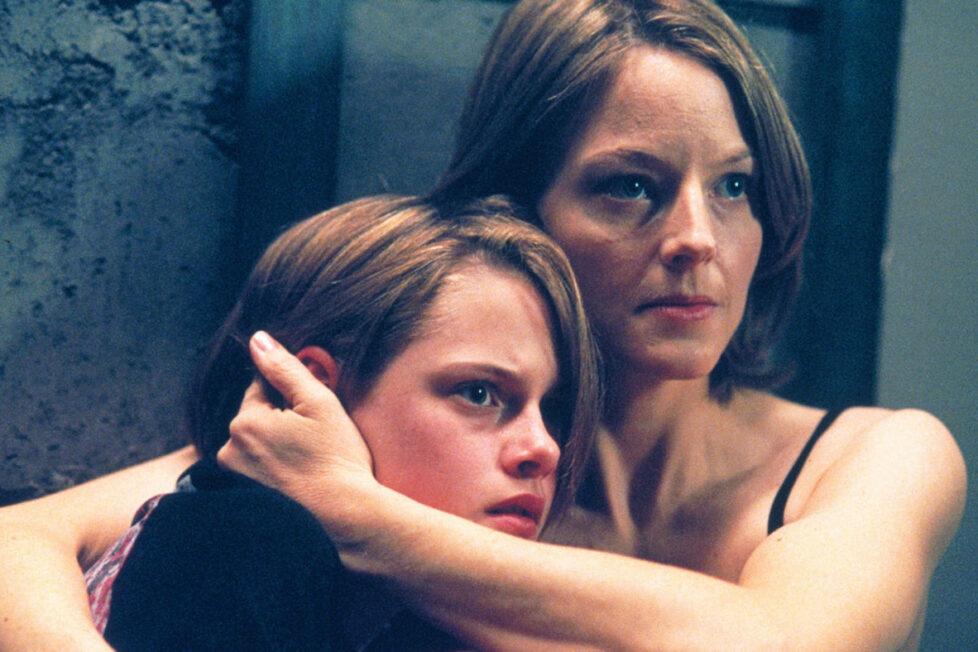
For a mother and her daughter, the safe room in their Manhattan mansion turns out to be both a refuge and a trap.


David Fincher’s films are frequently concerned with obsessive loners (The Social Network, Zodiac), and just as frequently built around ambitious, not-quite-realistic high concepts: the suspension of social standards in Fight Club (1999), reverse ageing in The Curious Case of Benjamin Button (2008), and so on.
In Panic Room, however, Fincher departed from his norm by giving us a film where nothing objectively extraordinary happened, only a rather commonplace kind of crime, and the central characters are, if anything, distinguished by their blandness. The point here isn’t the people or, really, the premise: it’s the exercise in stripping a story back to the basics, putting the plot mechanics on full display, and seeing if we can still be gripped for two hours. (Fincher himself acknowledged it as “a popcorn movie”.)
In support of this, everything is very cold and pared-down from the beginning—bare rooms almost drained of colour, undemonstrative lighting, terse dialogue—to focus attention on the sheer ingenuity with which the narrative is constructed.
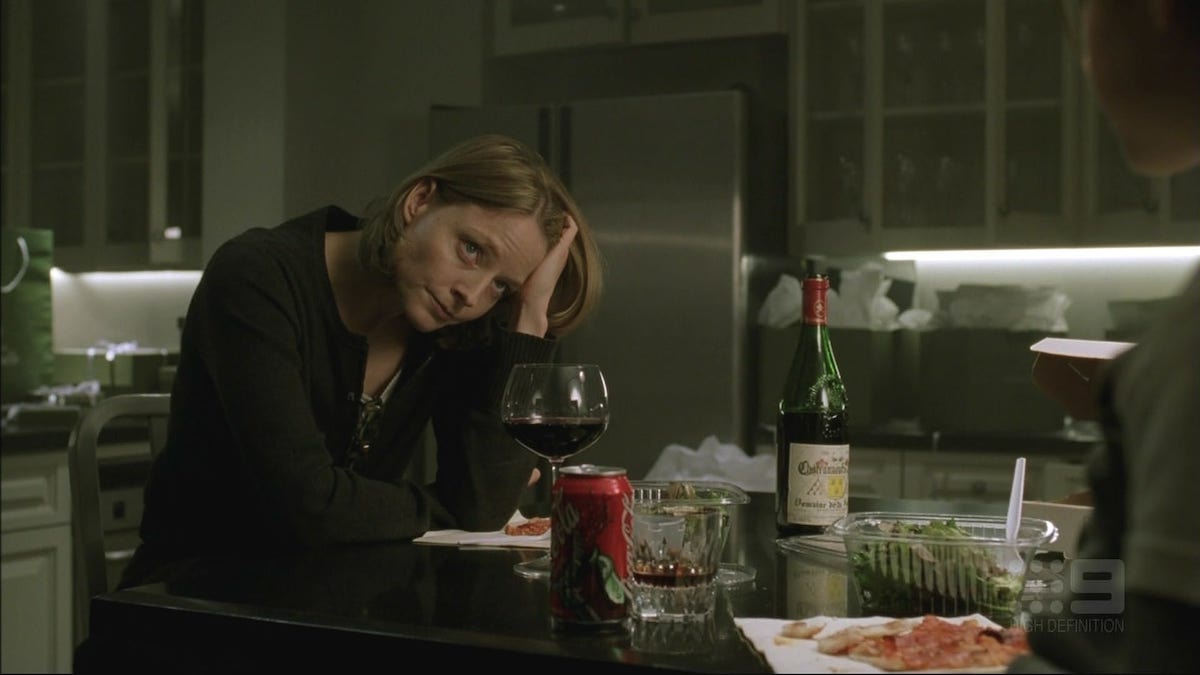
It’s not to be taken entirely seriously. There’s certainly a hint of Home Alone (1990) in Panic Room, as well as Rear Window (1954) and Straw Dogs (1971), to which Fincher has compared it, and occasionally some wryness is apparent. For example, when young Sarah (a pre-Twilight Kristen Stewart) admits she learned the Morse Code for “SOS” from Titanic (1997), or in the Treasure of the Sierra Madre (1948) spoils-blowing-in-the-wind reference near the end, which is surely a deliberate cliché.
Perhaps there’s s just a drop or two of serious commentary as well, on the early-21st-century housing bubble, or the way that great wealth can become a constricting rather than liberating factor in people’s lives. But even if the absence of big ideas with far-reaching implications isn’t what one might expect from Fincher, more straightforward entertainment is certainly in the DNA of writer David Koepp, whose long list of major movies by then included Jurassic Park (1993), Mission: Impossible (1996) and Spider-Man (2002).
Above all, then, Panic Room is plot: what can happen, what can’t happen, and then (frequently out of left field but not illogically) what actually does happen.
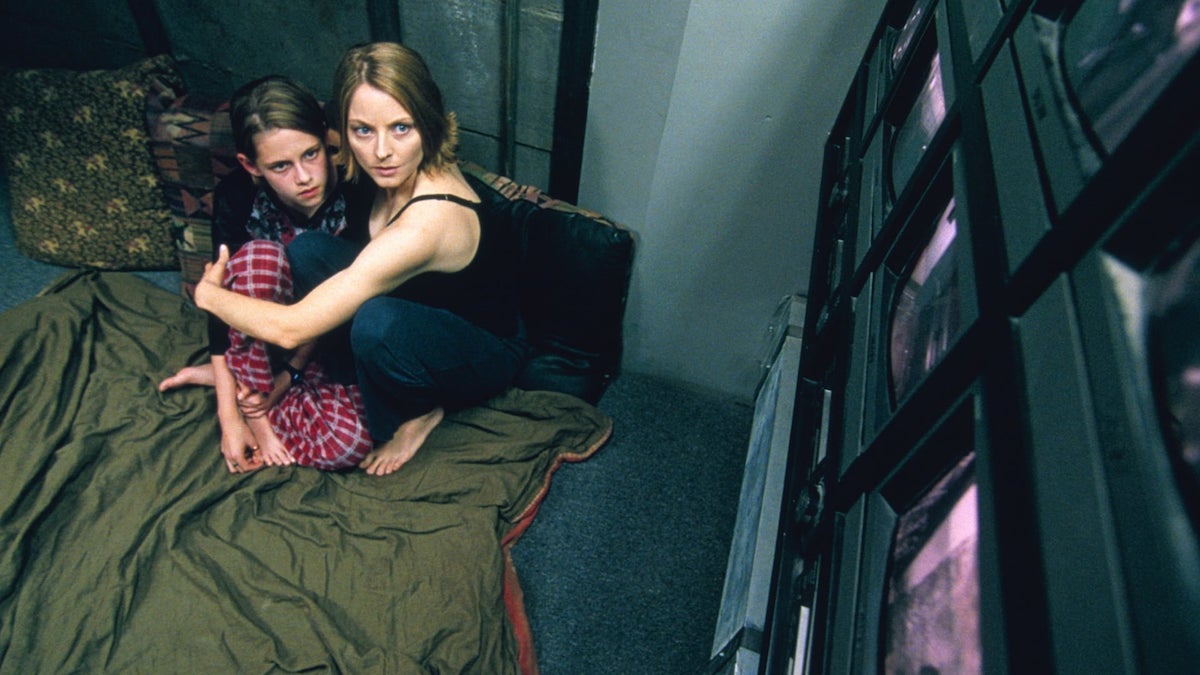
Meg (Jodie Foster) is recently divorced from a pharmaceuticals tycoon, and is thus very wealthy, and looking for a new home in Manhattan with her 11-year-old daughter Sarah (Stewart). An exceptional house (yes, a house…) comes on the market, and after a quick tour which includes a demonstration of the titular panic room that provides a secure refuge from home invasions, Meg snaps it up.
On their first night in the new place, they’ve gone to bed without unpacking much—apart from Sarah’s diabetes medication and Meg’s wine—when there’s a disturbance downstairs and… well, given the title it won’t surprise anyone that a trio of burglars turn up to set the plot wheels properly in motion, and Meg and Sarah must flee to the panic room.
From this point on the film cuts back and forth between the two females, who inevitably have problems contacting the police and thus find their panic room is a prison as well as sanctuary, and the constantly arguing criminals: their supposed leader Junior (Jared Leto), security expert Burnham (Forest Whitaker), and the mysterious Raoul (Dwight Yoakam).
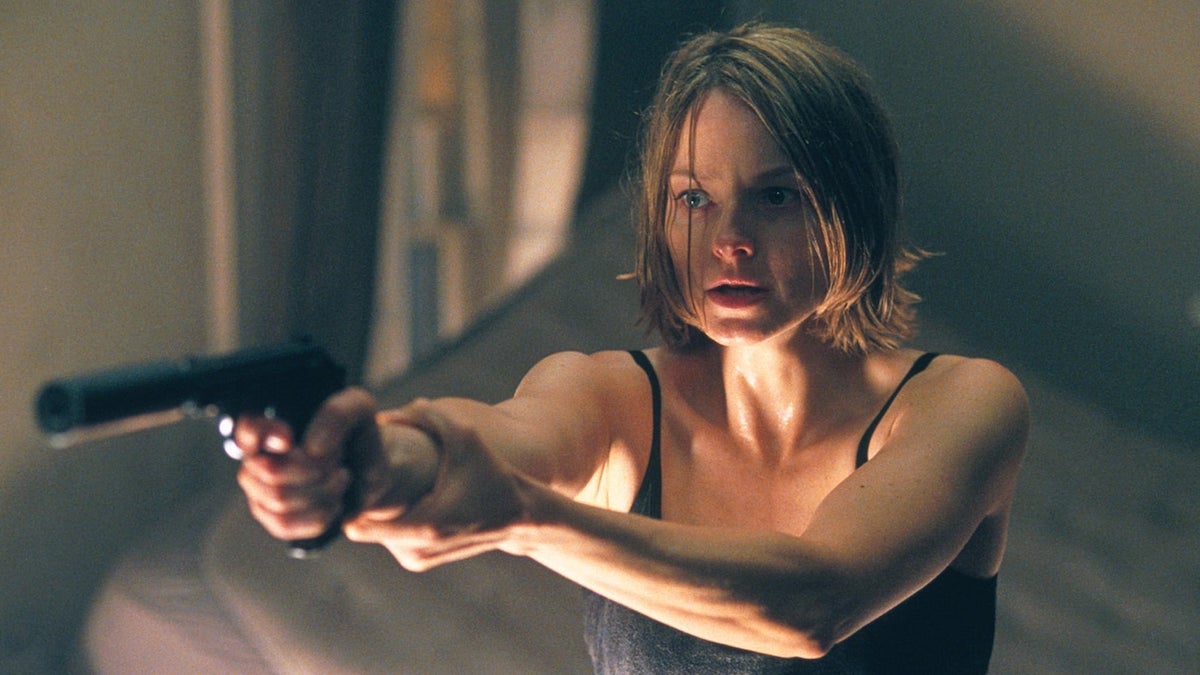
Koepp and Fincher eventually have to bring the two sides face-to-face for a resolution, but for a long time they’re kept separate, and the complexities of the situation are rigorously thought through. Neither side has a clear advantage over the other; as Burnham says, “you can’t get in the panic room. That’s the whole point. We have to get her to come out. And why would she do that?”
From the first arrival of the intruders to the end, the camera barely leaves the house, and the night-time light levels never seem to shift, but Fincher and his cinematographers (principally Conrad W. Hall in his feature debut, though Darius Khondji also worked on the movie and shared credit), make Panic Room visually interesting enough that this doesn’t become a limitation. In particular, the building is fully exploited, with the camera going through walls, ceilings, and floors, even into the workings of a lock.
Video monitors provide further variety; important objects are (sometimes) heavily signalled in advance with lingering shots; one long, floor-level pan treats the box-strewn rooms like a mysterious landscape. Even the opening titles, with lettering suspended above the New York streets like the upper storeys of invisible buildings, make it clear that spaces and distances are almost as important to this story as individuals.
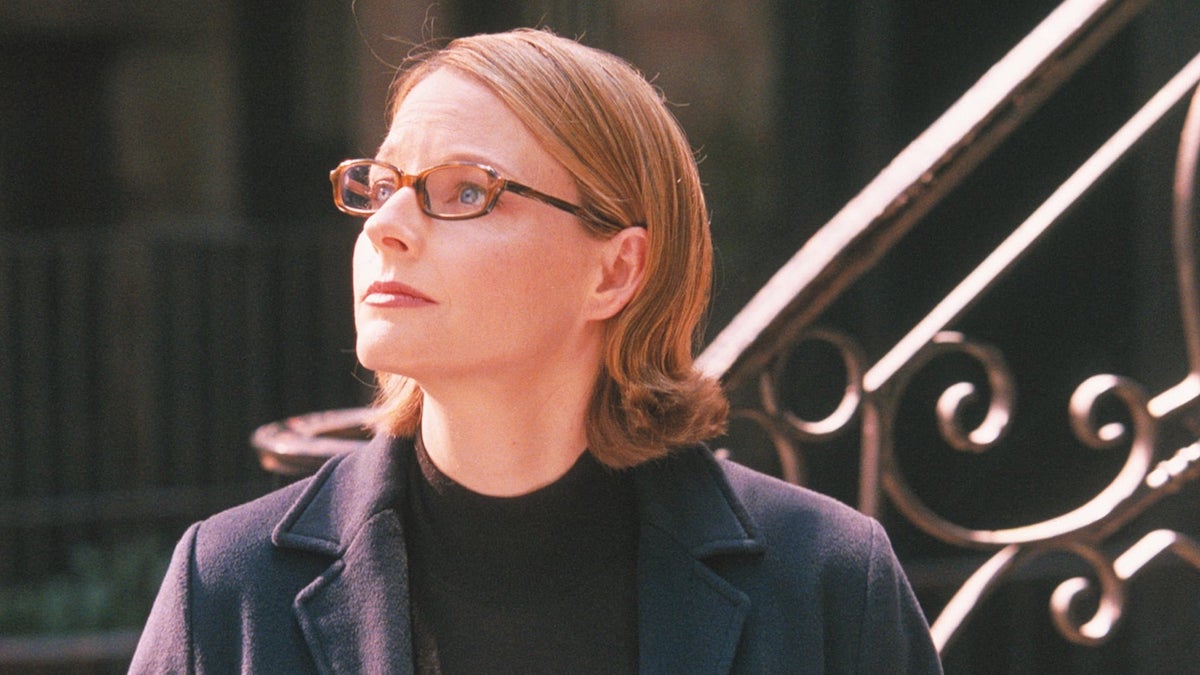
As far as it goes, all this works well, yet Panic Room’s one significant failing is that the space of the house and how it relates to the characters’ immediate risks and opportunities isn’t adequately articulated: it can be difficult to tell which room an individual’s in, which is a problem exacerbated by the repetitive layout, near-absence of furnishings, and monotonous lighting. That becomes a significant letdown in a movie which is almost an abstract puzzle to which the house itself may have to provide the solution.
The lack of deep characterisation, of course, goes with the territory and isn’t nearly so much of a problem. In any case, the characters are detailed just enough to be plausible, albeit in a stereotyped way.
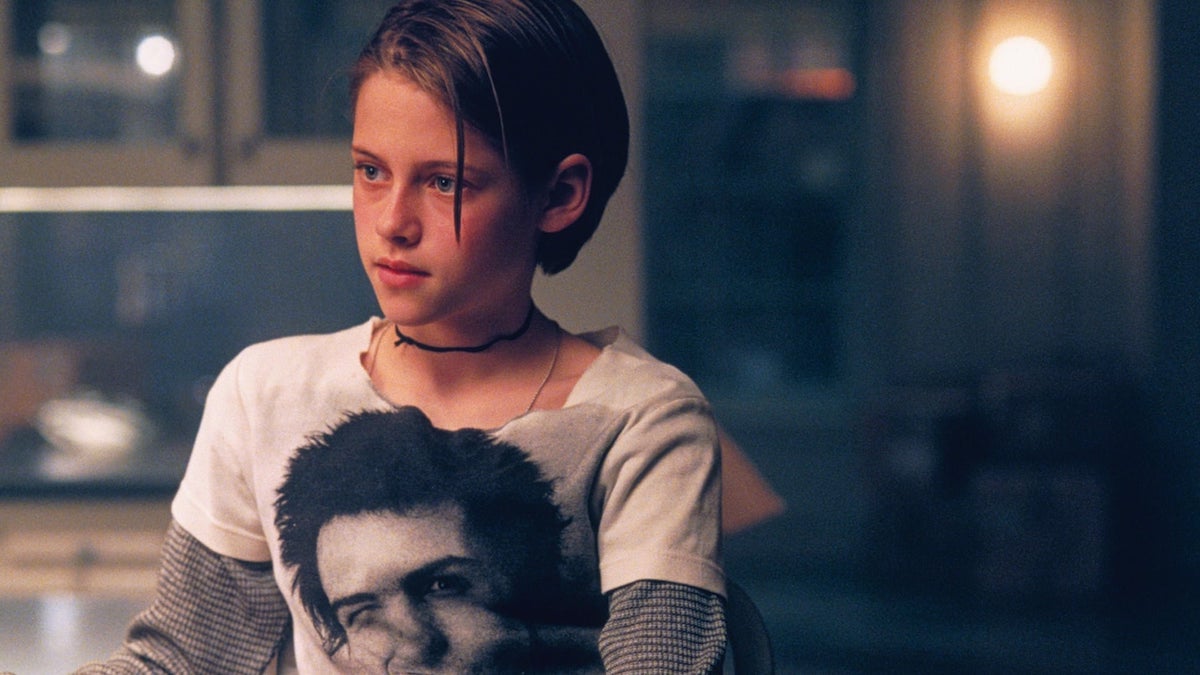
Foster’s Meg is refreshingly normal, neither a heroic supermom nor a bundle of neuroses (Nicole Kidman was cast originally before an injury, and would probably have suited it fine, though she might not have seemed quite as vulnerable as Foster); Stewart manages the half-mature, half-kid Sarah persuasively, unsurprising given that she was her character’s age. The physical arrangement of many shots shows their togetherness, and the mother-daughter relationship is physically convincing, but there’s also a believable generation gap.
The criminals are familiar types, with Whitaker’s stolid, slow-moving Burnham balancing Leto’s loose-cannon, fast-talking, insecure Junior; Yoakam’s Raoul is enigmatic until an unexpected event makes him much more important later in the movie and allows him to add a new level of threat. Among the remainder of the small cast, meanwhile, Ian Buchanan is amusingly vexed as the real estate agent who shows Meg and Sarah the house.
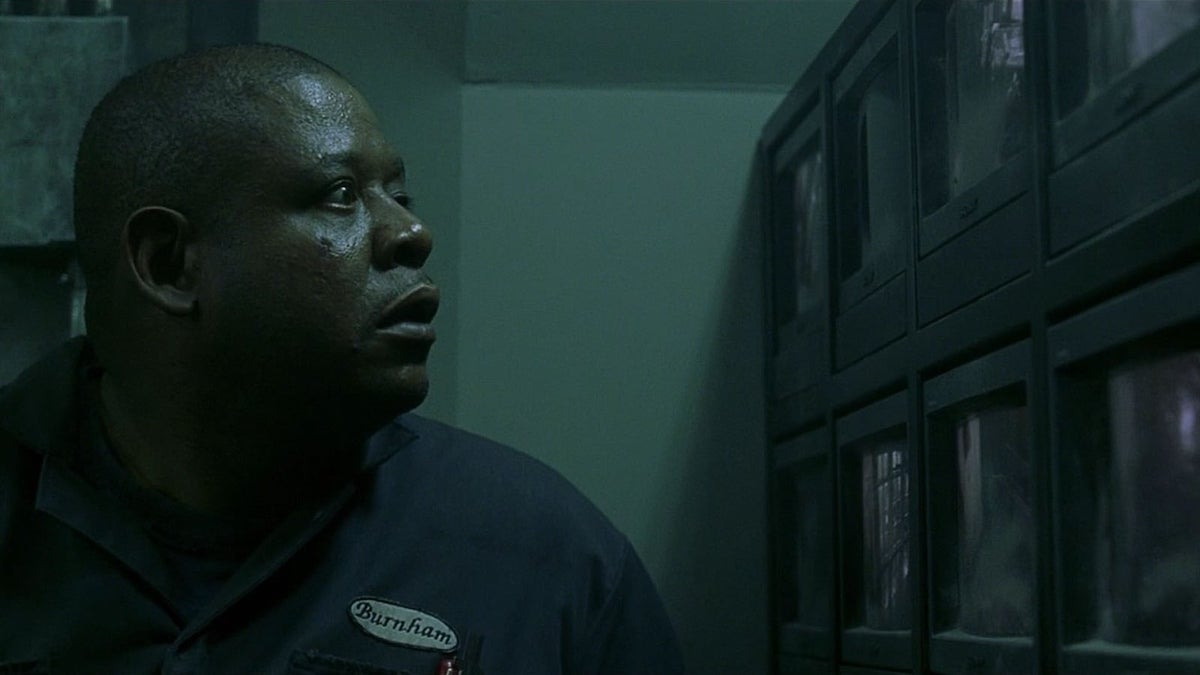
Panic Room performed well at the box office (grossing $197M) and received generally positive though not rapturous reviews from critics, some of whom thought it a retrograde step from Fincher’s earlier and more original work. Todd McCarthy in Variety called it an “engrossing thriller” which “all unfolds more or less plausibly [and doesn’t] produce the sort of oh-come-on snorts of derision that such fare triggers more often than not”. David Denby has summarised it, rather accurately, as “a superlatively well-made but meaningless B movie.”
And there’s certainly ingenuity here, along with a strong visual style and sense of atmosphere, capable if unremarkable performances, and careful attention to detail which rarely slips (a glaring exception being the script’s confusion as to whether the house is on West 91st Street or West 94th).
However, it’s a slight film and there’s not much joy in repeated viewings, or much happening beneath the surface. But if it was, as some reviewers suggested, a case of David Fincher slumming it in the world of shallow, absorbing movies, he slums pretty well!
USA | 2002 | 112 MINUTES | 2.39:1 | COLOUR | ENGLISH

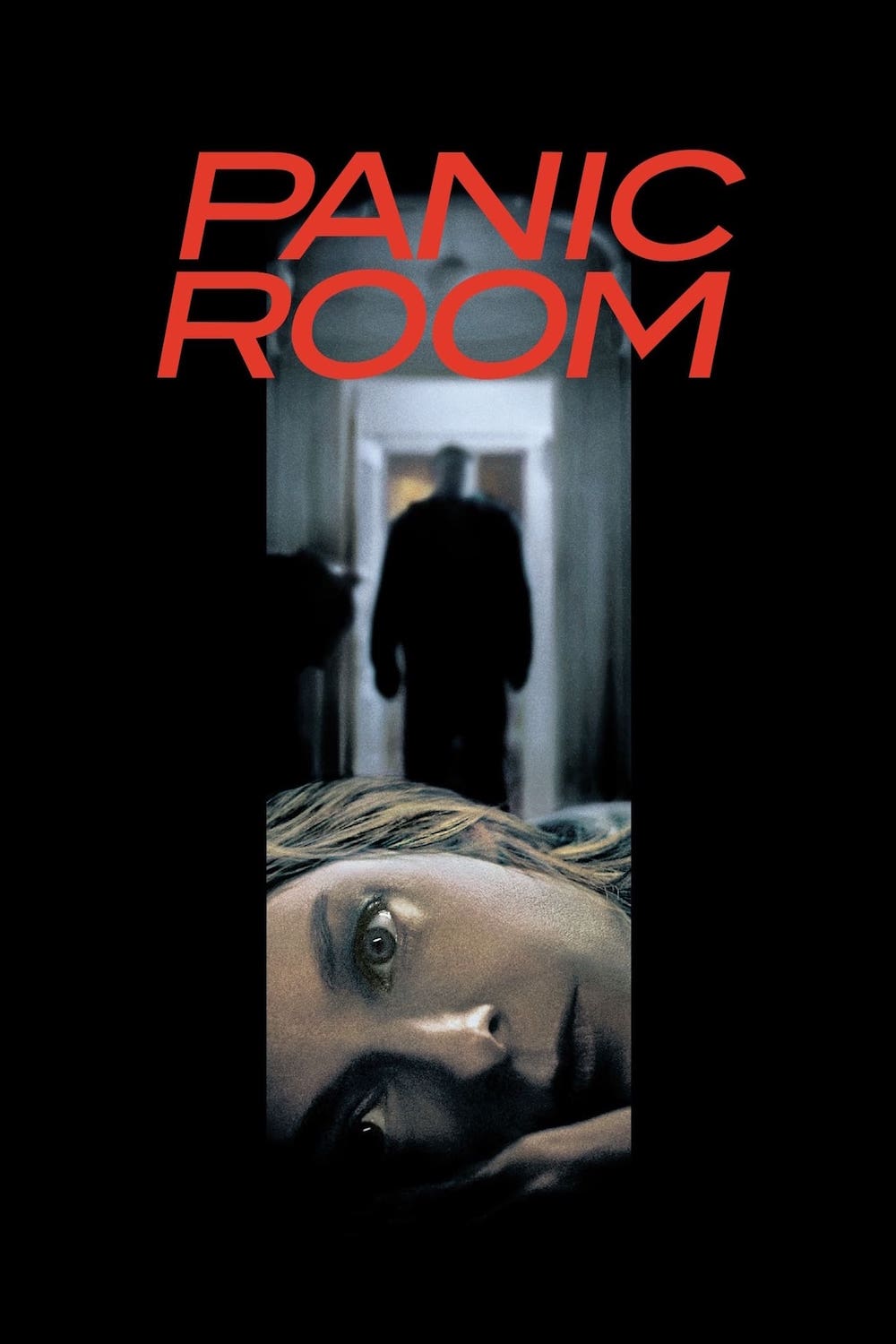
director: David Fincher.
writer: David Koepp.
starring: Jodie Foster, Kristen Stewart, Forest Whitaker, Dwight Yoakam & Jared Leto.
